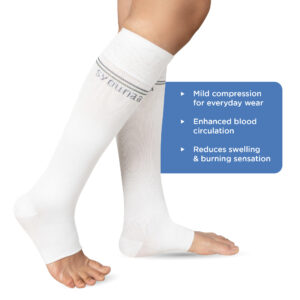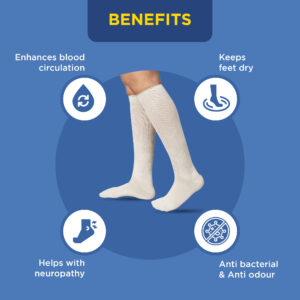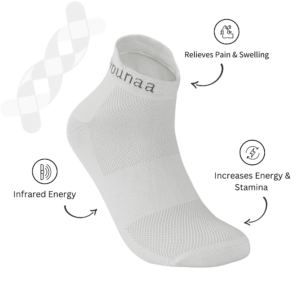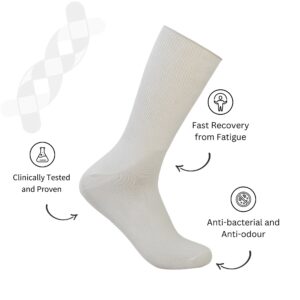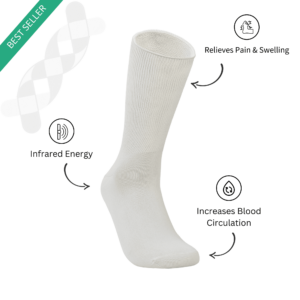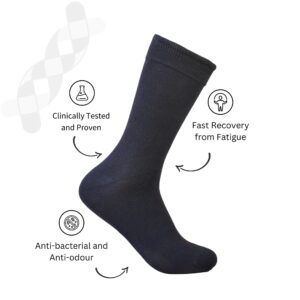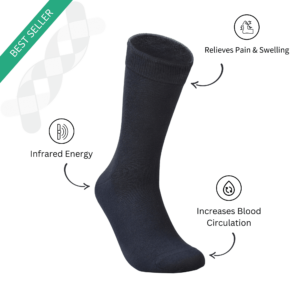Gestational Diabetes is the third form of diabetes that is not as widely discussed as the other two (Type 1 and Type 2). It only occurs during pregnancy because during pregnancy the placenta produces insulin-blocking hormones. As a result, glucose remains in the blood for longer. A normal gestational body produces more insulin to control the higher amount of blood sugar during pregnancy. However, if you have gestational diabetes, your body is not able to produce additional insulin needed during this period.
Gestational Diabetes is usually detected by the Glucose Tolerance Test (GTT) and it goes when the mother delivers her baby. Doctors must provide extra care to mothers with gestational diabetes as it may lead to many complications during pregnancy. For instance, it increases the risk of stillborn babies and increases the risk of preeclampsia where the blood pressure increases along with blood sugar; this combination is fatal for both the mother and the baby if it is not treated on time. Lastly, it may lead to macrosomia, where the foetus grows too big for the womb and the mother requires a C-Section to deliver a healthy baby.
The condition may heal once the mother has delivered their baby but there is still a 5% chance for mothers to get type 2 diabetes right after their delivery. Most mothers have 20-50% chance (depending on the genetics and origin) of getting Type 2 Diabetes 10 years after their pregnancy. They also have a higher chance of Gestational Diabetes they next time they are pregnant. So, though Gestational Diabetes leaves the system when you give birth, it is still lurking around the corners, threatening to come back. It doesn’t have to if you take good care of yourself.
Here are some ways to keep diabetes at bay even after having a history of Gestational Diabetes:
Keeping Away Gestational Diabetes During Your Second Pregnancy
If you have already had gestational diabetes during your first pregnancy, there are some precautions you must take before having your second baby. Start to manage your weight and eat healthy before getting pregnant. It is important to discuss it with your doctor if you are planning to have a second child. They can conduct a health examination and discuss your current health. This is the safest way to get pregnant for the second time if you already had gestational diabetes in the past. It is important for you to lose weight before pregnancy if you are overweight, your doctor can suggest safe exercises and a proper diet that will manage your weight. Don’t try to lose weight once you are pregnant (unless your doctor suggests it).
When you are pregnant, your doctor may conduct a Glucose Tolerance Test (GTT) in the first trimester, instead of the second trimester, and monitor your sugar during your pregnancy. If you take good care of your health, eat the right kind of food and make sure that you are moving and living a healthy lifestyle, you may not get gestational diabetes during your second pregnancy.
Taking Care Post Pregnancy
In most cases, blood sugar tends to go back to normal 6 weeks after pregnancy. However, as we said earlier, there is a 5% chance for an individual to get Type 2 diabetes right after pregnancy and the risk furthers as the mother grows older. Their baby, born through gestational diabetes have a higher risk of developing Type 2 Diabetes later on in their life.
We can take care of this and ensure that it is nothing more than just a possibility. Get your blood sugar checked after intervals of 6 weeks for the first 3 months after delivery. If your blood sugars have reduced you can reduce blood sugar check-ups to once every 2 years. Remember that dietary habits cannot change during this period. While you eat healthily and make sure that your diet contains food with a low Glycemic Index and sufficient vitamins, minerals and proteins, make sure you enforce the same eating habits on your kids. Since they are sugar babies, they have a higher chance of developing type 2 diabetes. So, it is important to start young.
Other than a healthy diet it is also important to manage your weight post pregnancy. Make sure that you do light to moderate workout for at least half an hour and that you have a lifestyle where you are constantly moving around. If you work in front of the computer for long hours or maintain a job that does not involve a lot of movement, take out some time in the day for your fitness and wellbeing.
Sometimes, blood sugar does not make itself known until it affects your nerves or other parts of your body. So, take extra care of your hands and feet. Move your toes and fingers often and touch them to check if you can feel your touch. Close your eyes and ask your friend to touch your fingers to see if you can feel it.
Any form of diabetes can be quite devastating but if there is one diabetes that is temporary, it is gestational diabetes. So, don’t let it win! With the right care and caution you and your baby can live a diabetes-free life. Just keep monitoring your blood sugar and love your body.














